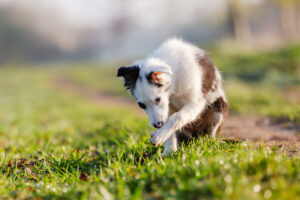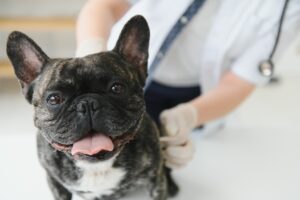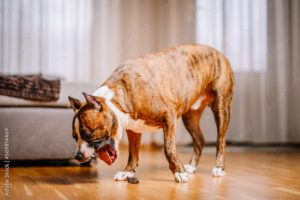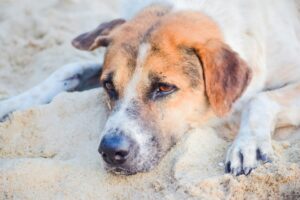July 4th is a time for fireworks, barbecues, and fun with family and friends. But while we humans enjoy the festivities, our furry friends might be feeling overwhelmed. For many dogs, the loud noises and bright lights can be terrifying. This guide will help you understand your dog’s fears and provide practical tips for a safe and enjoyable holiday for both you and your pet.
It’s important to recognize that while we enjoy the festivities, our pets may not share the same enthusiasm. By being aware of the impact July 4th can have on your dog, you can take proactive steps to ensure their comfort and safety.
The Significance of July 4th and Its Impact on Pets
July 4th is a day of celebration in the United States, filled with fireworks, parties, and parades. While these events are exciting for us, they can be quite stressful for our pets. Understanding the holiday’s significance and its impact on our furry friends is the first step in ensuring their safety and comfort.
Dogs have sensitive hearing, and the loud noises associated with fireworks can be unsettling. The sudden bursts of sound can trigger anxiety and fear, leading to behaviors such as hiding, trembling, or even running away. Additionally, the unfamiliar scents from barbecues and large crowds can add to their stress. Knowing these triggers can help you take proactive steps to make the day more bearable for your dog.
It’s essential to recognize that while we may see July 4th as a joyous occasion, our pets might experience it very differently. By being aware of their needs and taking appropriate measures, we can help them feel more secure and comfortable during the celebrations.

Understanding Your Dog’s Fear of Fireworks
Fireworks can be a significant source of anxiety for dogs. Recognizing the signs and symptoms of fear can help you address their needs more effectively.
Signs and Symptoms of Firework Anxiety
Dogs may exhibit various behaviors when they are scared of fireworks. Common signs include trembling, shaking, drooling, panting, and pacing. Some dogs may bark excessively or try to hide in small, enclosed spaces like under the bed or in a closet. In more severe cases, dogs might become destructive, chewing on furniture or scratching at doors in an attempt to escape the noise. It’s crucial to observe these behaviors and understand that they are your dog’s way of expressing fear and seeking comfort.
Why Fireworks Scare Dogs
Fireworks produce loud, unpredictable noises that can startle dogs. Their sensitive ears can pick up sounds that are much higher in frequency than what humans can hear, making the noise even more intense for them. Additionally, the bright flashes of light and the smell of gunpowder can add to their sensory overload. Understanding why fireworks scare dogs can help you empathize with their experience and take steps to alleviate their anxiety. Creating a safe and calming environment can make a significant difference in how your dog copes with the holiday.
Tips for a Stress-Free July 4th with Your Dog
Preparation is key to ensuring your dog remains calm and comfortable during July 4th celebrations. Here are some tips to help you prepare:
Preparation
Start by creating a safe space for your dog where they can retreat if they feel scared. This could be a quiet room with their favorite bed, toys, and some soothing background music to drown out the noise of fireworks. Make sure this space is accessible throughout the day and night.
Comforting Techniques
Comfort your dog by staying close to them and offering gentle petting. Speak to them in a calm, reassuring voice. You can also try using a Thundershirt, which provides gentle pressure that can help alleviate anxiety. Additionally, consider using scented calming sprays or diffusers designed for dogs.
Safe Spaces
Ensure that all doors and windows are securely closed to prevent your dog from escaping if they become frightened. If you have a backyard, make sure the fence is secure and there are no gaps through which your dog could squeeze. Keeping your dog indoors is generally the safest option during fireworks displays.
Celebrating July 4th with Your Dog
While it’s important to keep your dog safe, you can still involve them in the celebrations in a way that is enjoyable and stress-free.
Fun and Safe Activities
Plan activities that your dog enjoys, such as playing fetch, going for a walk, or having a toy session. These activities can help distract them from the noise and keep them engaged. You can also set up a mini obstacle course in your yard or living room for some added fun.
Dog-Friendly Treats
Prepare some special treats for your dog to enjoy during the celebrations. You can make homemade dog-friendly treats. Check out our latest blog (https://trufflepaws.com/blog/vet-approved-dog-treats/) for vet-approved dog treats!
Quality Time
Spend quality time with your dog by engaging in activities that strengthen your bond. Whether it’s a cozy cuddle on the couch or a relaxing grooming session, your presence can provide a sense of security and comfort for your dog during the festivities.
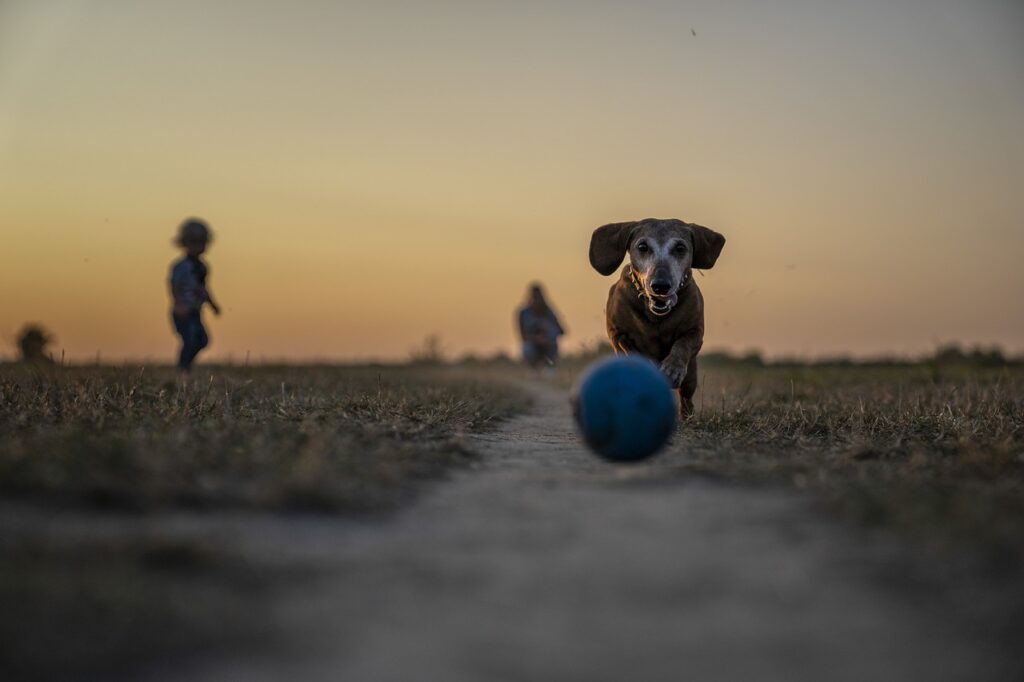
Safety Reminders
Keeping your dog safe should be a top priority during July 4th celebrations. Here are some essential safety reminders:
Avoiding Hazards
Keep your dog away from fireworks, sparklers, and other pyrotechnics. These items can cause burns or injuries if your dog gets too close. Additionally, be mindful of hot grills, alcohol, and party foods that can be dangerous if ingested by your dog.
Identification
Ensure your dog is wearing a collar with an up-to-date ID tag. In case they do manage to escape, this will help increase the chances of a safe return. Microchipping your dog is another effective way to ensure they can be identified if lost.
Stay Vigilant
Monitor your dog’s behavior throughout the day and night. If you notice signs of extreme distress, consider consulting your veterinarian for additional support. They may recommend anxiety medications or other treatments to help your dog cope with the stress.
The Importance of Prioritizing Your Dog’s Wellbeing
Your dog’s wellbeing should always be a priority, especially during potentially stressful events like July 4th. By taking proactive steps to address their fears and provide a safe environment, you can ensure a more enjoyable experience for both you and your pet.
Building Trust
Building trust with your dog is essential for their overall wellbeing. By consistently providing comfort and security, you can help them feel more confident and less anxious during challenging situations. Trust is the foundation of a strong bond between you and your pet.
Long-Term Benefits
Taking the time to address your dog’s anxiety during events like July 4th can have long-term benefits. It can lead to a happier, more relaxed pet who feels secure in their environment. Additionally, it can reduce the risk of destructive behaviors and improve your dog’s overall quality of life.
Strengthening the Bond
Prioritizing your dog’s wellbeing during July 4th celebrations can strengthen the bond between you and your pet. Your dog will appreciate the care and effort you put into making them feel safe, leading to a deeper connection and mutual trust.
Stay Connected
Stay connected with us for more tips, resources, and updates on how to keep your dog safe and happy year-round. Sign up for our newsletter to receive regular updates and exclusive content designed to help you be the best pet parent you can be.
By following these tips and taking proactive steps, you can ensure that your dog remains safe, happy, and stress-free during the July 4th celebrations. Remember, a little preparation and care can go a long way in making the holiday enjoyable for both you and your furry friend.
Join the Truffle Paws community today and give your pet the care they deserve!
For more tips and tricks on keeping your dog safe and healthy, check out our YouTube channel!



